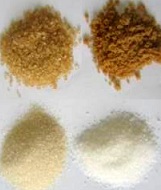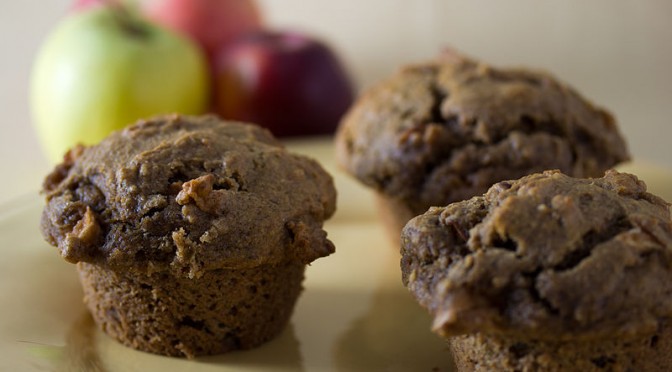Muffins aren’t exactly on the list when you look up foods in the Mediterranean diet, but let’s face it, they are plentiful and they taste delicious.
Diet choices are for each individual (and their doctor) to decide, and
![Photo by Veganbaking.net from USA (Vegan Apple Spice Muffins) [CC BY-SA 2.0 (http://creativecommons.org/licenses/by-sa/2.0)], via Wikimedia Commons](http://french-paradox.net/wp-content/uploads/2014/12/Vegan_Apple_Spice_Muffins_french-paradox-300x200.jpg)
One recent study decided to take a look into making muffins a little healthier, and examined the effect of using grape by-products as ingredient when making a “model” muffin.
Why grape by-products? Grape by-products are the “leftovers” after grapes have been pressed for winemaking, and are known to contain health-benefitting compounds (i.e.: antioxidants, etc). The researchers processed these by-products into a fine powdered form, and added them to a model muffin mixture.
The finished muffins were then measured for CML (Ne-(carboxymethyl)lysine) content, a compound formed during the baking process, which is a potential toxin in food that can lead to diabetes, heart problems, Alzheimer’s, and premature aging.
Important Findings:
- The combination of salt, baking powder, protein-rich components, and plant oils in the standard muffin recipe resulted in decreases of CML from 50% to 86%.
- Using raw cane sugar resulted in higher CML levels than if

Photo from Wikimedia Commons. Public Domain. sucrose was used instead.
- CML levels were highly correlated with oleic and linoleic acids.
- Model muffins enriched with grape by-products showed even further decreases of CML.
- Addition of grape by-products to the muffin recipe did not change the sensory profile of the finished muffins.
In general, it seems as though the standard combinations of salt, baking powder, protein-rich compounds, and plant oils are already pretty effective in reducing potentially toxic CMLs in muffins.
The type of sugar used can play a role in how high the CML levels can get, with sucrose sugars resulting in the lowest CML levels in muffins.
Finally, addition of grape by-products appeared to reduce CML levels in muffins even further, resulting in a potentially “healthier” muffin. More research needs to be done on the entire nutritional profile of a muffin with grape by-products, but these results are promising.
Source:

